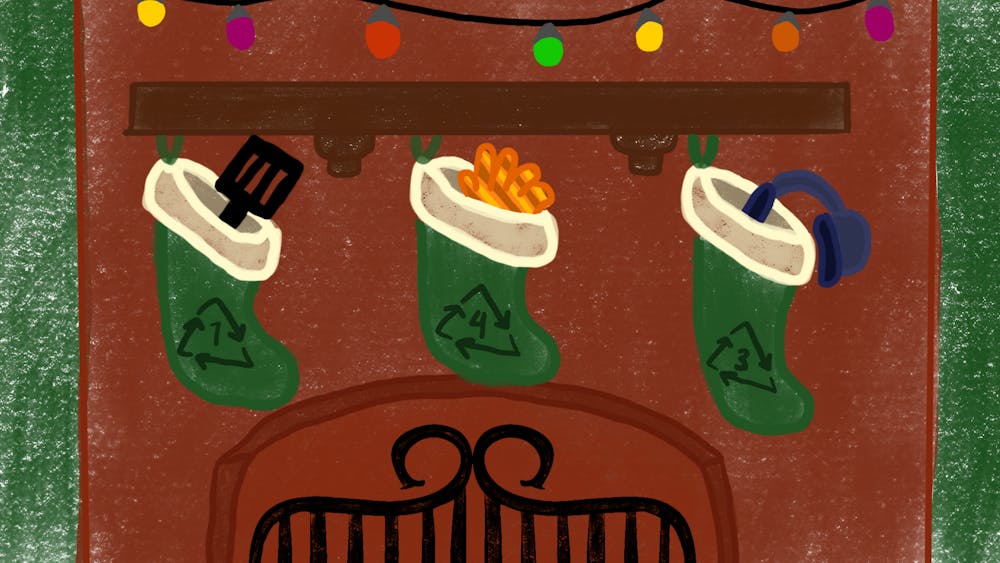Though they might be seen as unwelcome guests to your summer barbecue, honey bees do more for us humans than we realize.
Symbolic of kingship and royalty in ancient Egypt, bees are responsible for pollinating a great many crops we rely on for sustenance. The honey bee is particularly important for agriculture, aiding in the production of fruits and vegetables like almonds, apples, cucumbers and more.
For the better part of the last 15 years, honey bee populations have been in steady decline, prompting many to consider the adverse effects this decline might have on crop yields.
Last Thursday, the United States Department of Agriculture published the findings of its first honey bee health survey, and the results were disheartening. Beekeepers were forced to replace 44 percent of their hives to maintain the requisite levels.
Experts name things like poor nutrition due to monocropping, the varroa mite and the mysterious colony collapse disorder as contributing factors to the mass decline in honey bee populations, but the use of a class of pesticides called neonicotinoids, or neonics, is now at center stage in the legislative debate over the fate of the insects.
When we’re risking the health of at least 30 percent of the world’s crops, the debate is relatively simple. Measures must be taken to minimize human impact on honey bee colonies.
Leading insecticide manufacturers and their lobbies will contest the link between neonic use and bee decline, but research suggests it is real. Swiss entomologist Geoffrey R. Williams found that bees exposed to the chemical suffered a mortality rate 20 percent higher than that of the control group.
The European Union narrowly voted to ban the use of neonics in 2013, and investigations here in the U.S. suggest we might see increased regulation as well.
In the event they are phased out, crop yields would undoubtedly dip. However, less-toxic chemicals to bees, like Coragen and Xentari, do exist, and new treatments and agricultural practices will be developed to correct the dip in output.
The debate regarding approved use of these complex, lab-made chemicals is happening in the upper reaches of government, but anyone with a home garden can do his part to protect honey bees.
Some consumer pesticides and fertilizers contain up to 120 times the amount of neonics approved for even industrial purposes. Avoiding products containing chemicals like imidacloprid, the most common and also among the most lethal to honey bees, is a start.
If you’re not opposed to eating produce that might not have the pristine luster of fruit that has been sprayed, many organic products forgo the use of harmful chemicals as well.
There was a time when neonics were the new wave of safe pesticides that forced harmful organophosphates out of use. Now it’s their turn to be shown the door. An entire species and a huge portion of the world’s crops could depend on it.
jaykgold@umail.iu.edu
@JayKeche





